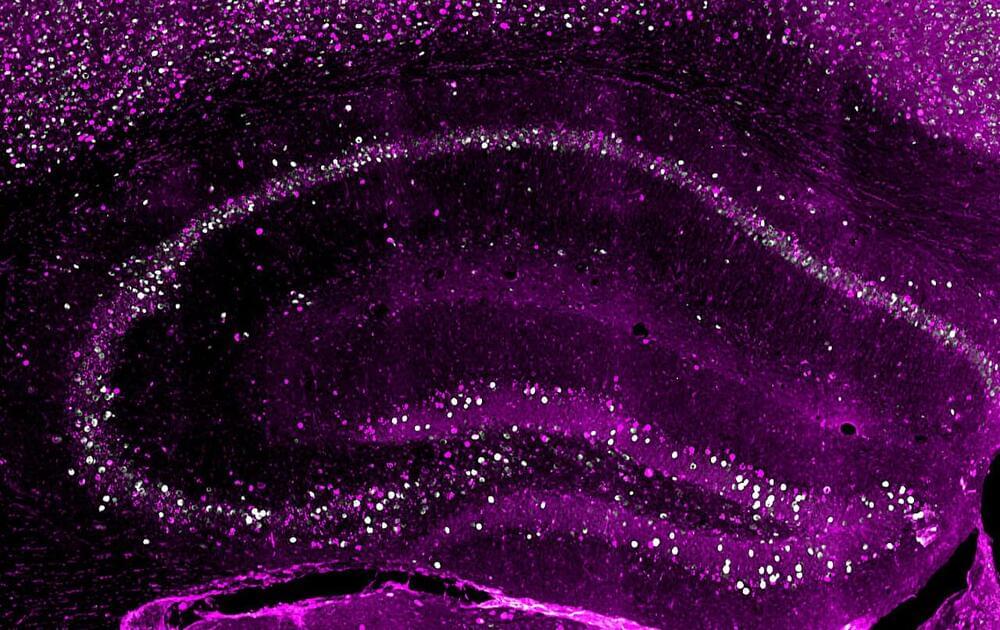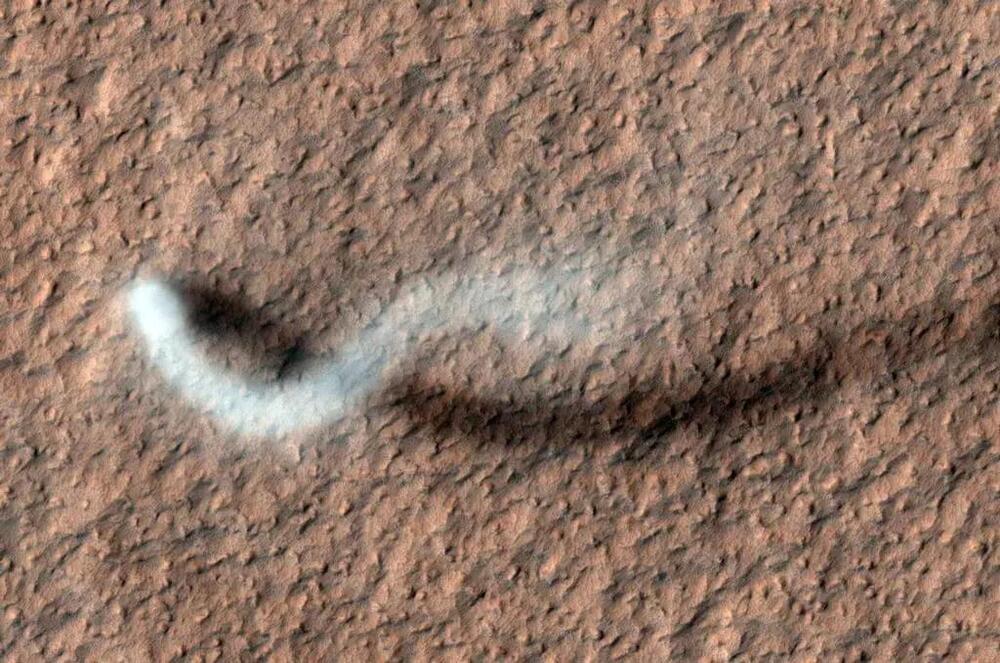The first-ever detonation engine could be the future (and the end of combustion): It has predicted by Hawking, and finally created by engineers.



A new study now published in Science reveals that the memory for a specific experience is stored in multiple parallel “copies.” These are preserved for varying durations, modified to certain degrees, and sometimes deleted over time, report researchers at the University of Basel.
The ability to turn experiences into memories allows us to learn from the past and use what we learned as a model to respond appropriately to new situations. For this reason, as the world around us changes, this memory model cannot simply be a fixed archive of the good old days.
Rather, it must be dynamic, changing over time and adapting to new circumstances to better help us predict the future and select the best course of action. How the brain could regulate a memory’s dynamics was a mystery—until multiple memory copies were discovered.

Scientists have successfully recovered the first long section of rocks originating from the Earth’s mantle, the layer beneath the crust and the planet’s largest component. These rocks are expected to shed light on the mantle’s role in the origins of life on Earth, the volcanic activity that occurs when it melts, and its influence on the global cycles of crucial elements like carbon and hydrogen, according to the research team.
The nearly continuous 1,268 meters (4160 feet) of mantle rock was recovered from a “tectonic window,” a section of the seabed where rocks from the mantle were exposed along the Mid-Atlantic Ridge, during Expedition 399 “Building Blocks of Life, Atlantis Massif” of the ocean drilling vessel JOIDES Resolution in Spring 2023.
With attempts dating back to the early 1960s, the recovery was a record-breaking achievement led by the International Ocean Discovery Program, an international marine research consortium of more than 20 countries that retrieves cores—cylindrical samples of sediment and rock—from the ocean floor to study Earth’s history.

Bowhead whales, the silent giants of the Arctic, play a crucial role in the ocean’s ecosystem. These amazing creatures can grow up to 60 feet long and have fascinated scientists for years with their unique behaviors and impressive lifespans.
A recent study has shed light on their lives, uncovering patterns that boost our understanding of marine life and shake up some of our old ideas.
Bowhead whales are truly amazing creatures. Known for their massive size and sturdy build, they have the largest mouth of any animal, which they use to filter-feed on tiny organisms like zooplankton.

“By measuring sound travel time differences both forward and backward, we can accurately measure wind in three dimensions,” said Dr. Robert White.
The planet Mars has several similarities with Earth, including extinct volcanoes, dry lake beds, and active dust storms, the last of which is governed by the Red Planet’s prevailing winds. However, given the average surface pressure of Mars is 0.6 percent of Earth’s due to Mars’ paper-thin atmosphere, which means the wind speeds are far smaller than on Earth. But can we accurately measure this wind speed and how will it contribute to future missions to the Red Planet?
This is what a recent study published in the Journal of the Acoustical Society of America hopes to address as a team of researchers investigated using sound to measure wind speeds on Mars, which holds the potential to help scientists better understand the various processes that comprise the Red Planet and how these processes could influence future missions, as well.
For the study, the researchers used a novel sound device called a sonic anemometric system to measure wind speeds on Mars, which they note exhibits sound behavior equivalent to the Earth’s stratosphere at 30–42 kilometers (18.6−26 miles) in altitude. With their four transducers that comprise the system, the researchers attempted to measure how fast sound pulses travel through the thin Martian air while accounting for how the sound waves travel around obstacles (known as diffraction) and wind direction.
If you love card games, definitely check out Doomlings. Click here and use code ISAAC20 to get 20% off of your copy of Doomlings! https://bit.ly/IsaacDoomlings.
Technology has shaped our civilization as it grew down the centuries, and since the industrial revolution, each new generation seems defined by some new technological revolution… So what will the next revolution be?
Visit our Website: http://www.isaacarthur.net.
Join Nebula: https://go.nebula.tv/isaacarthur.
Support us on Patreon: / isaacarthur.
Support us on Subscribestar: https://www.subscribestar.com/isaac-a…
Facebook Group: / 1583992725237264
Reddit: / isaacarthur.
Twitter: / isaac_a_arthur on Twitter and RT our future content.
SFIA Discord Server: / discord.
Credits:
The Next Technological Revolution.
Episode 460; August 15, 2024
Produced, Written \& Narrated by: Isaac Arthur.
Editor: Lukas Konecny.
Select imagery/video supplied by Getty Images.
Music Courtesy of Epidemic Sound http://epidemicsound.com/creator.
Stellardrone, \



